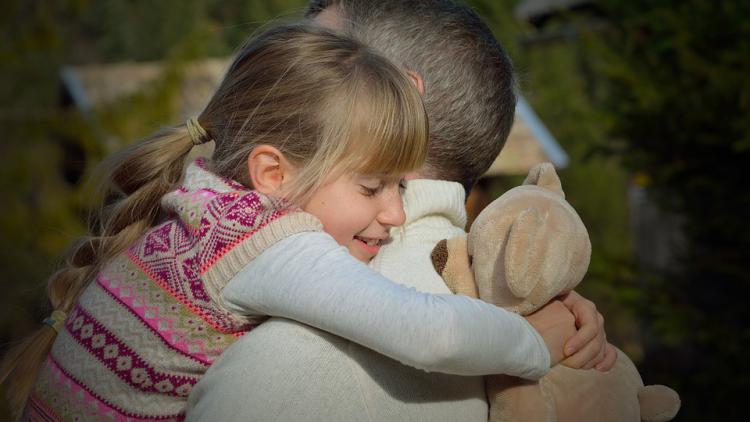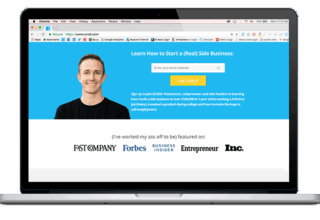Mobile health apps on our cellphones can hold a wealth of helpful information to take better care of ourselves, but family doctors still face barriers harnessing the potential.
Of the explosion of 165,000 health apps now available, 36 account for half of downloads, said Emily Seto, an engineer and health technology specialist at the Centre for Global eHealth Innovation at the University of Toronto.
Seto’s Bluetooth-enabled app interface which allows doctors to remotely monitor data entered by their patients is ready to use but she said implementing mobile technology in health-care is a slow process.
- Fitness apps and wearable tech research lacking, says Dalhousie prof
- 4 apps to improve health: the pros weigh in

Craig Campbell automatically uploads his blood sugar readings on his phone with an app that plots a graph to depict trends over time. (CBC)
“Our health-care system is actually quite resistant to change,” Seto said.
Craig Campbell, of Waterloo, automatically uploads his blood sugar readings on his phone with an app that plots an easy to read graph to depict trends over time.
“It was always one thing when I’d go see the doctor and she’d say, ‘How’s your blood sugars been? Oh they’ve been great.’ Maybe not so much of a conversation. Now I can take it and say here’s how they’ve been.”
Other “m-Health” apps track health indicators such as blood pressure, heart rate, sleep, weight and calorie intake.
In the past 18 months, patients have come to Dr. Joshua Tepper’s family medicine office in Toronto with information from calorie counters, FitBits, blood pressure cuffs and USB drives of their medical history and records.
“Somebody brought me a USB stick and they just expect me to plug it into my computer,” Tepper said. “I just can’t get it to interface that way, and I think the patient was actually sort of shocked. Whether we should or shouldn’t or how can we get to that point is still a ways off.”
Without an easy way to enter the digital information into his system, Tepper ends up printing and scanning it. But then there’s no way to manipulate or graph the data over time.
Confidentiality, timeliness, security and accuracy are other considerations, Tepper said.
“For me, it’s less about the specific app. It’s more about what’s worth the patient’s time collecting that will help them and help me help them in their care.”
Seto said m-Health will give us the most bang for our health buck by first catering to patients with serious chronic conditions. For example, the system developed at Seto’s hospital includes modules for heart failure, COPD, hypertension and diabetes.
“Five per cent of patients account for over 50 per cent of health-care spending,” Seto said. “Targeting those patients, I think, will have the biggest impact on the health-care system and very importantly, with those patients I think that the apps need to be connected with the health-care providers.”
That way, health-care providers can intervene in real time at the earliest signs of worsening health to manage medications or offer education.
Another barrier to overcome is how many physicians in Canada charge fees for their services, yet mHealth isn’t yet one of them.







